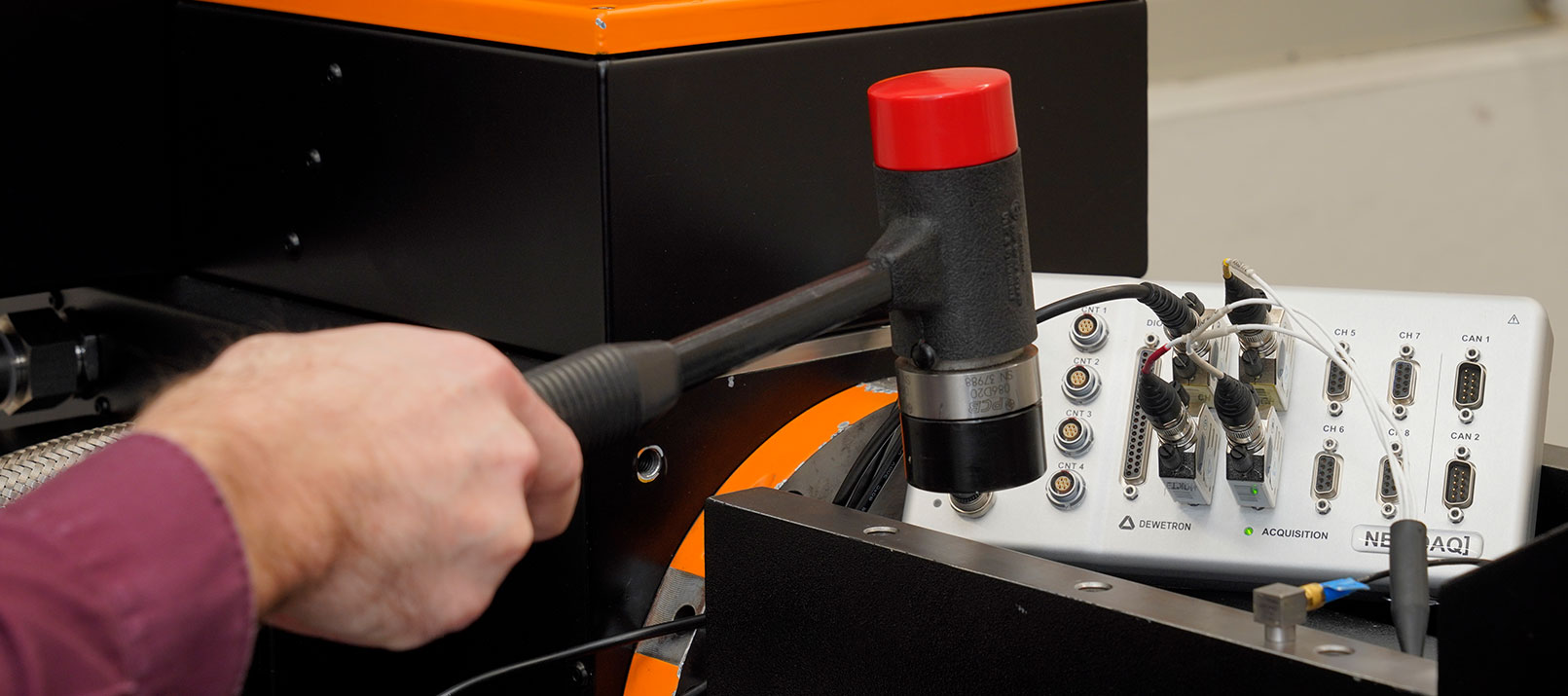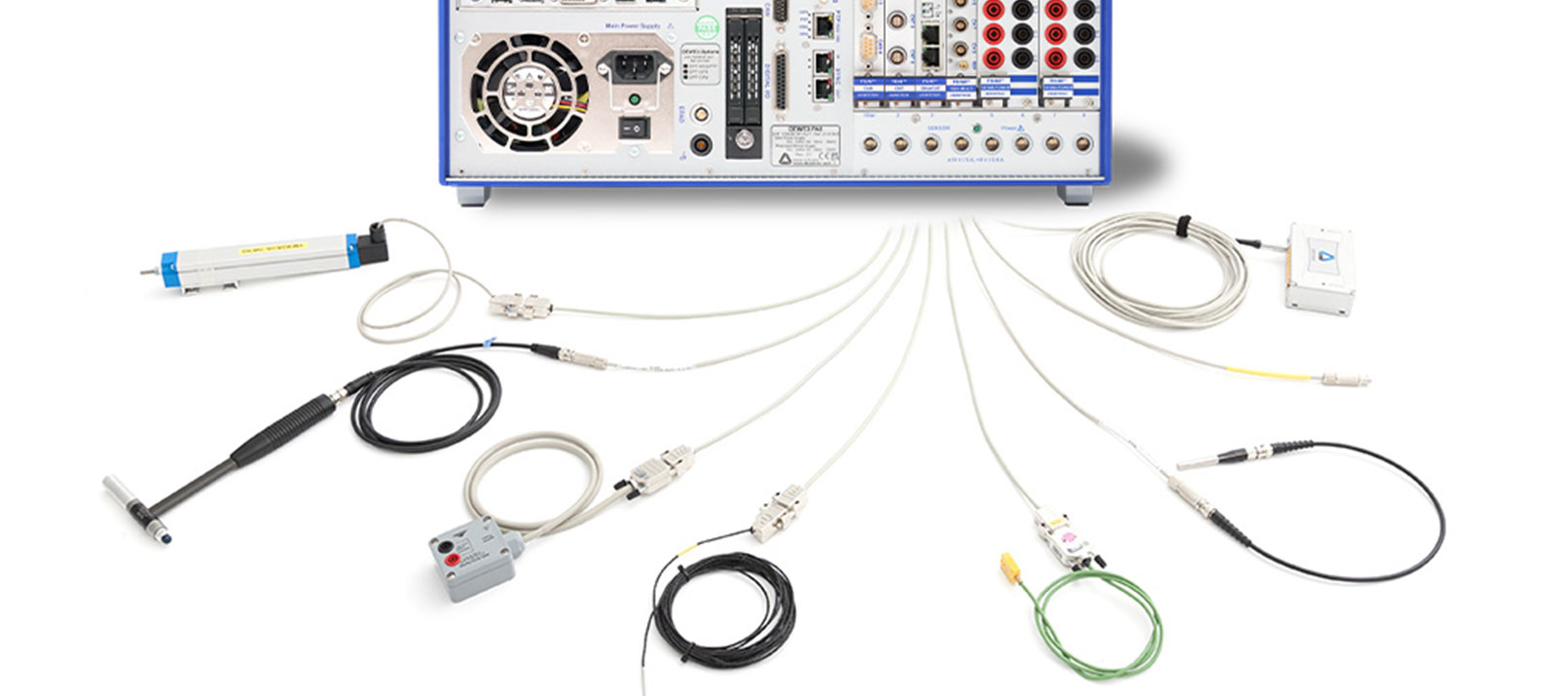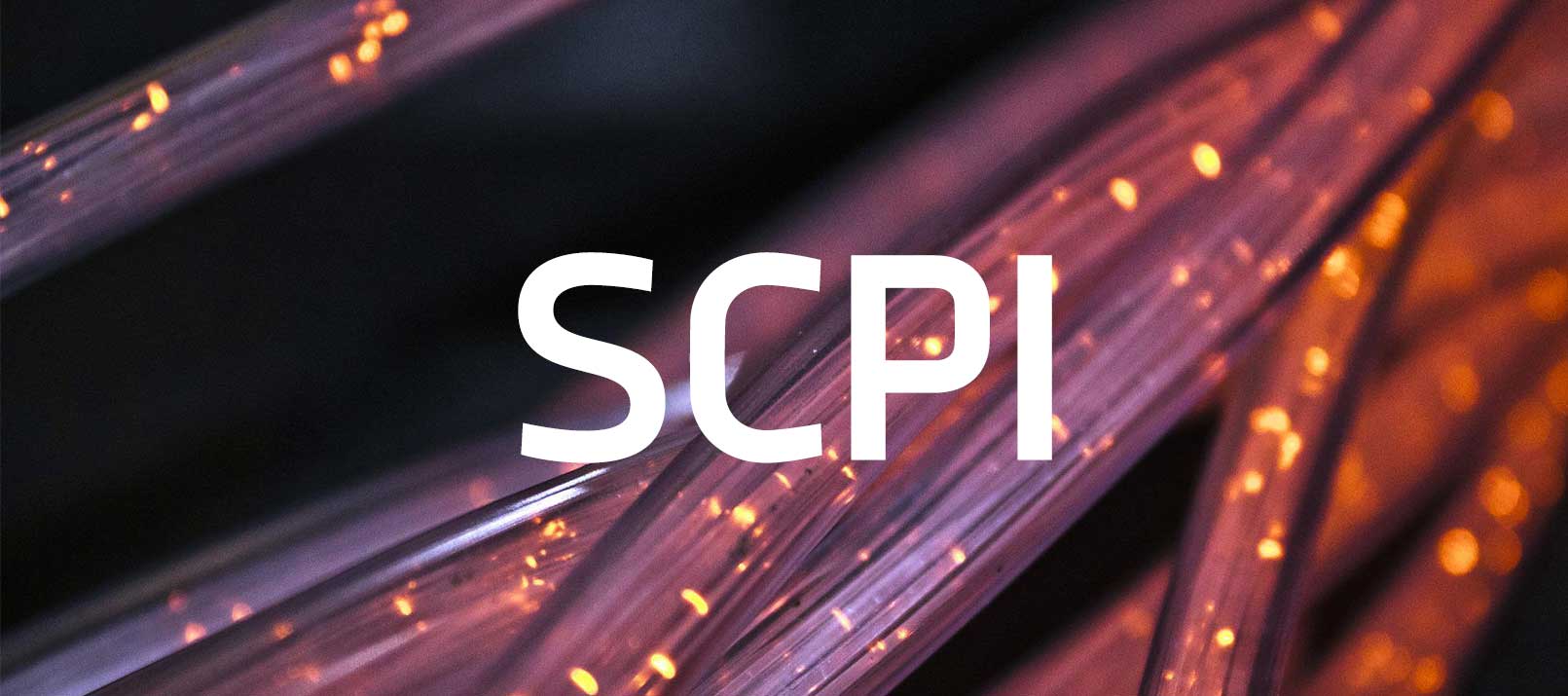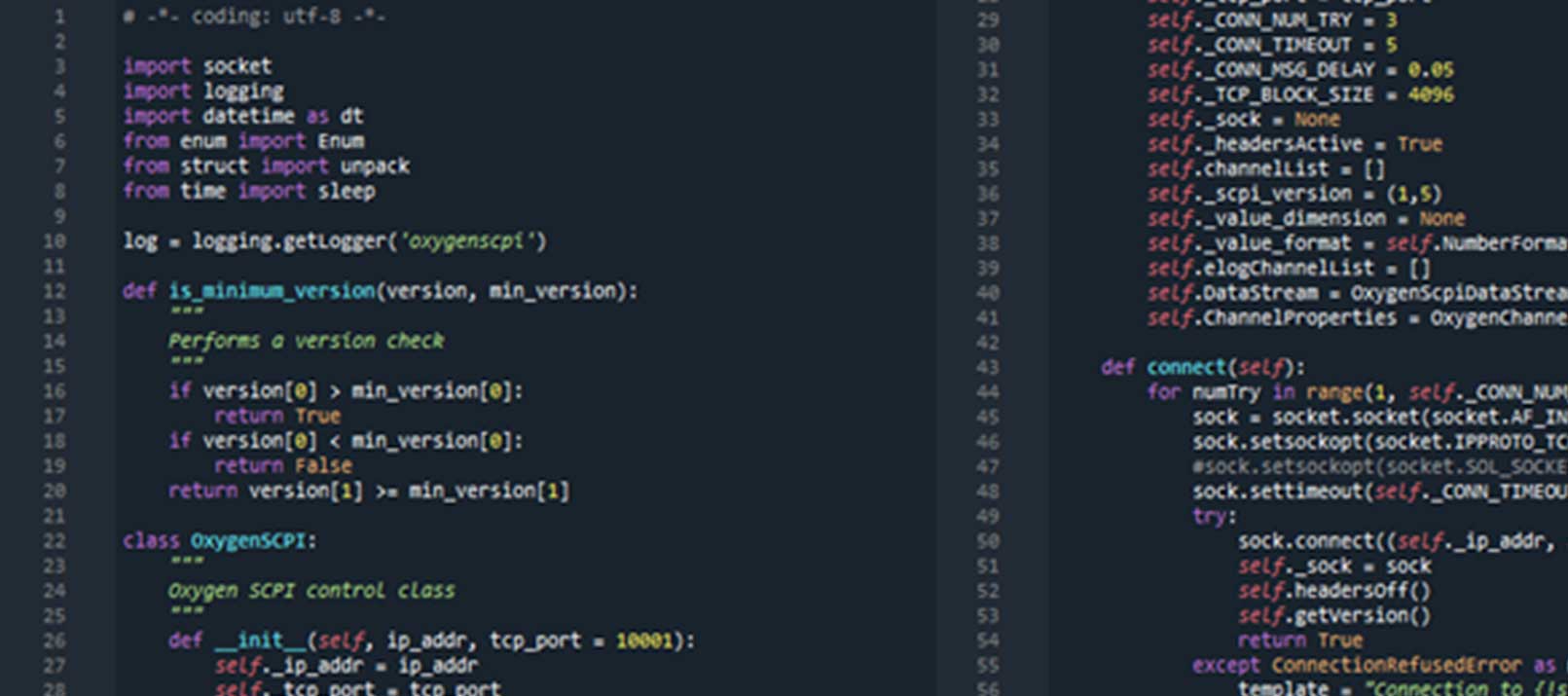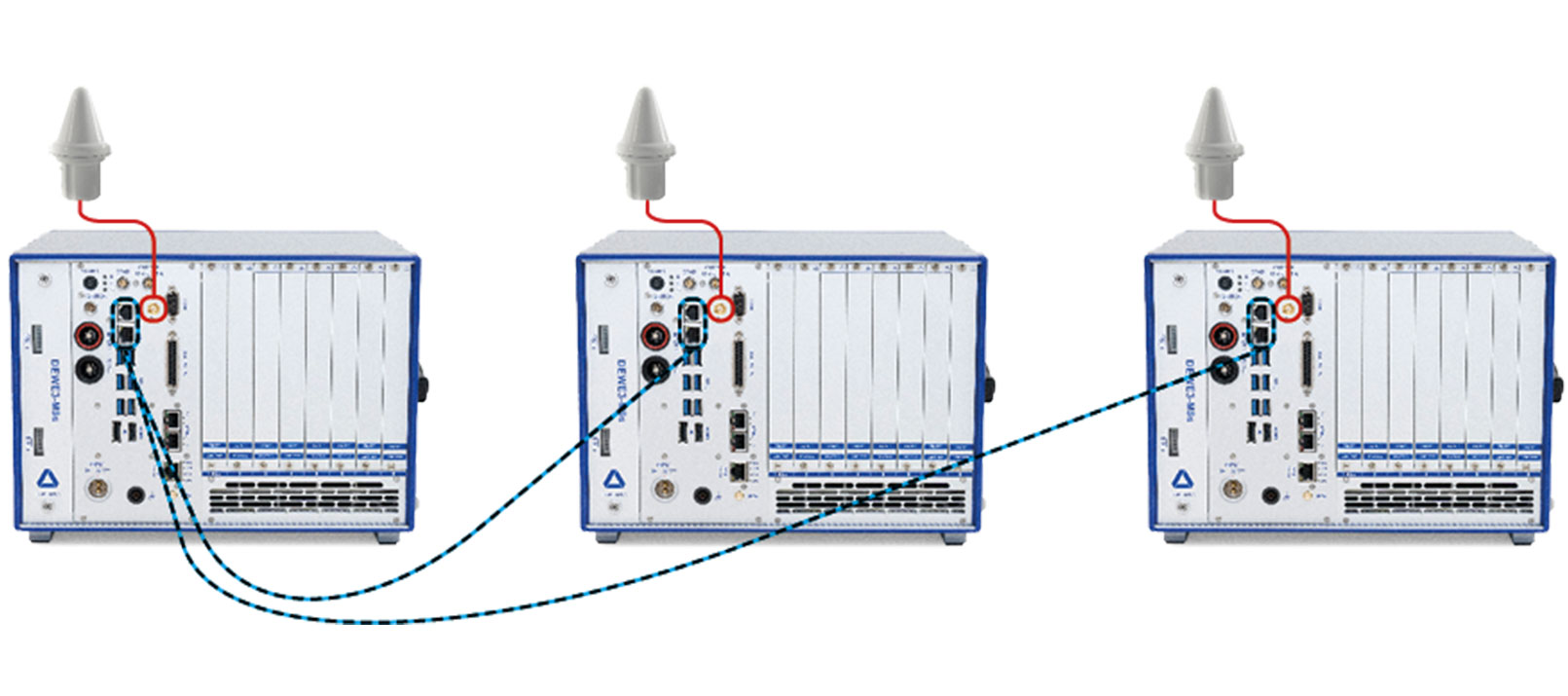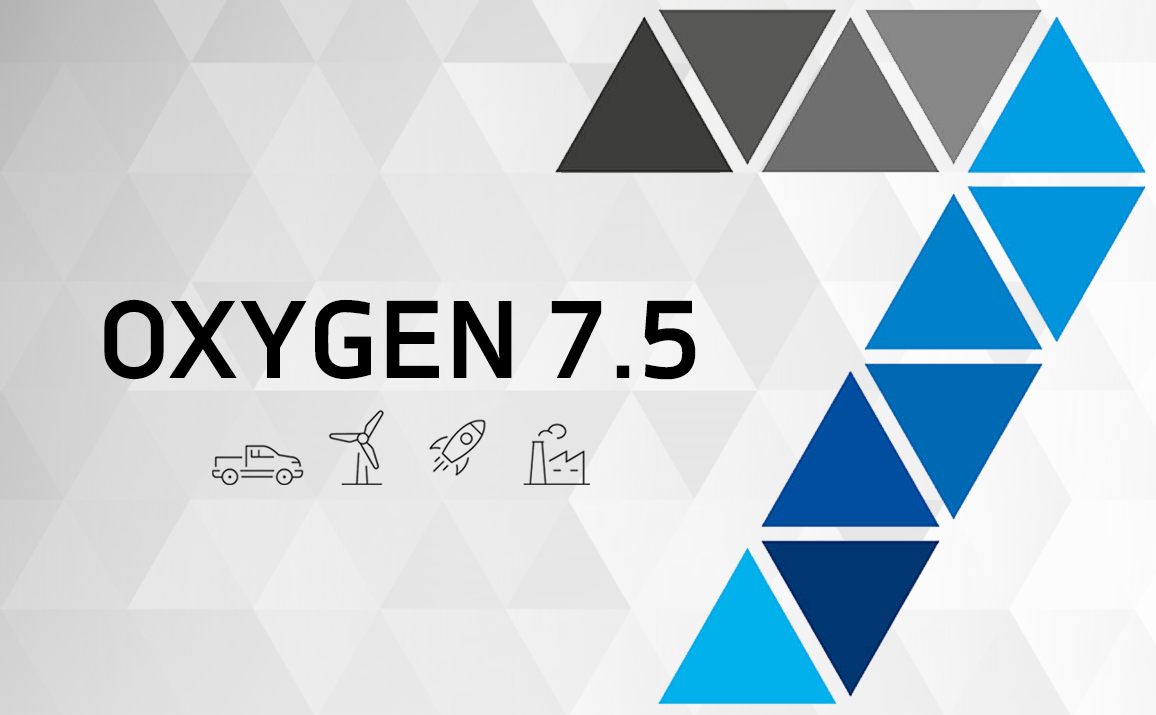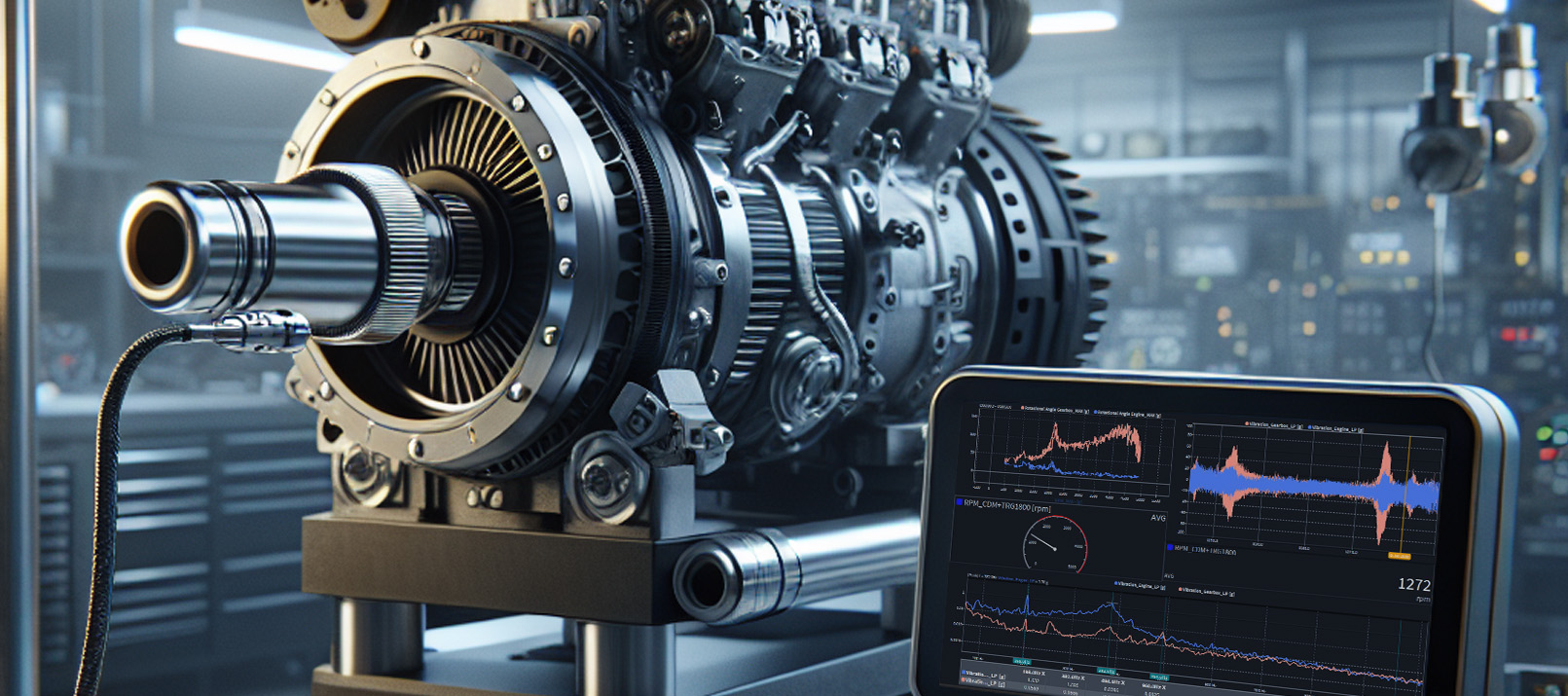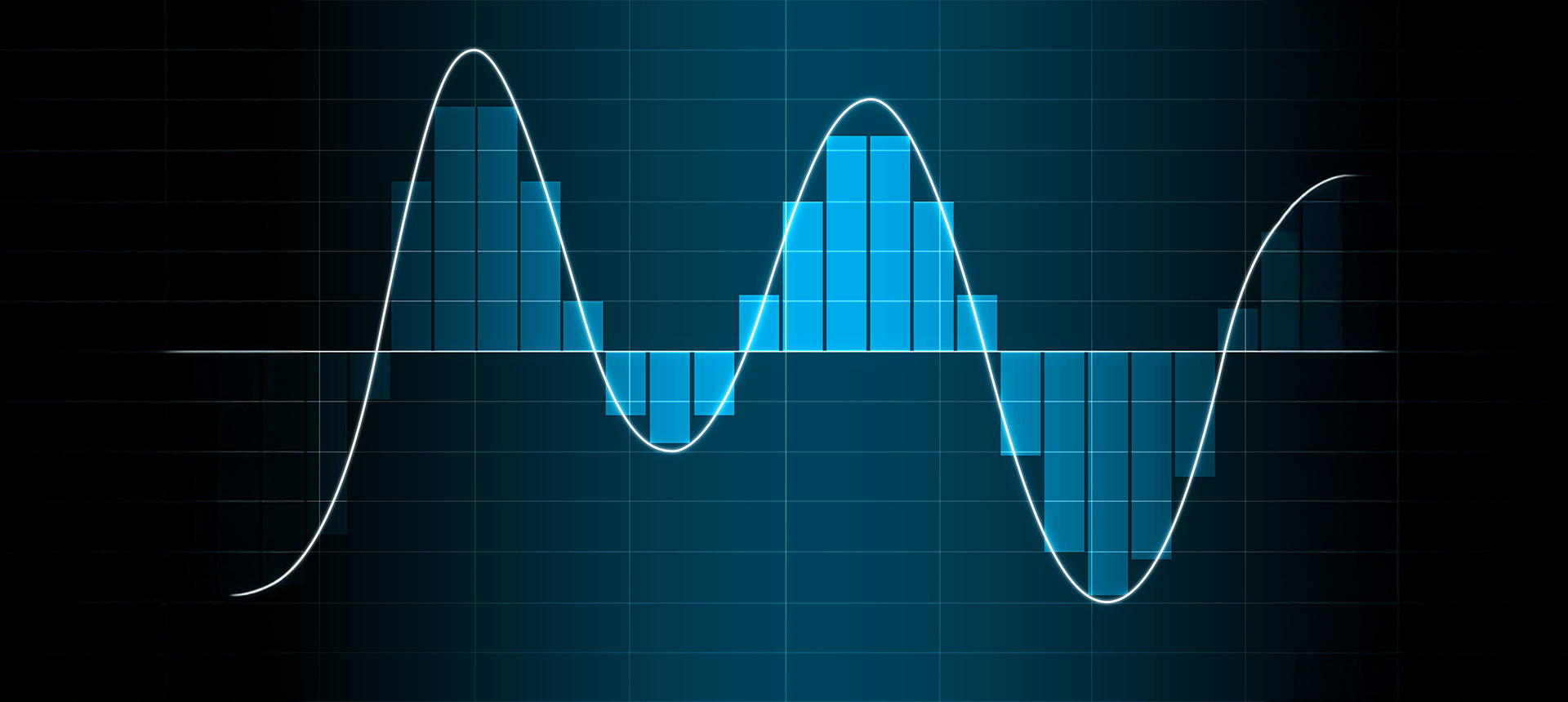OXYGEN 7.0. – Prepare for a game-changing upgrade
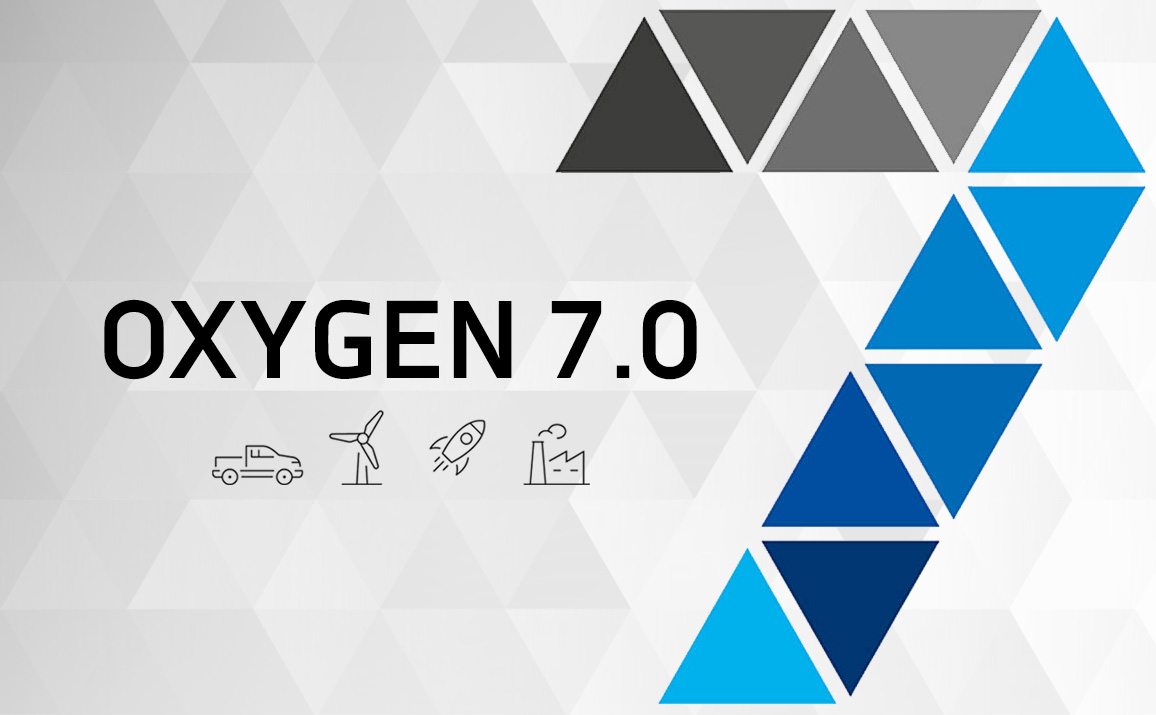
We’re thrilled to announce the arrival of our first software update for 2024 – OXYGEN 7.0! This major release brings a variety of general improvements, usability enhancements, and exciting new features. However, the highlight of this update is the introduction of our all-new “Modal Test” software option – a comprehensive tool for measuring and analyzing modal parameters. Discover the full range of enhancements and features included in OXYGEN 7.0 below.
New features
Modal testing
With OXYGEN 7.0 we introduce our brand-new optional software option for modal testing, to help determining modal (natural) parameters (e.g. modal frequency) of a DUT (device under test). The software tool supports SISO (single input and single output) as well as SIMO (single input and multiple output) tests incorporating functionalities for tests with moving hammer and moving sensor setups. Further, the software includes but is not limited to the calculations of the complex transfer function, the coherence of several hits and the Mode Indicator Function (MIF). Users benefit from a variety of interactive visualization options, including the ability to import a 3D model of their DUT in form of an *.uff file.
In the associated modal technical reference, we provide all essential information for a successful application. It contains an explanation of all important settings and a detailed guide on how to get started.
Please note that this is an optional feature and requires OXY-OPT-MODAL.
You are currently viewing a placeholder content from YouTube. To access the actual content, click the button below. Please note that doing so will share data with third-party providers.
More InformationSaturation meter
The saturation meter is a new adjustable instrument, showing the current and max saturation since acquisition start of analog channels, including an overload indication. Group colors as well as scaling of the bars are customizable. However, the update rate is fixed to 1 second.
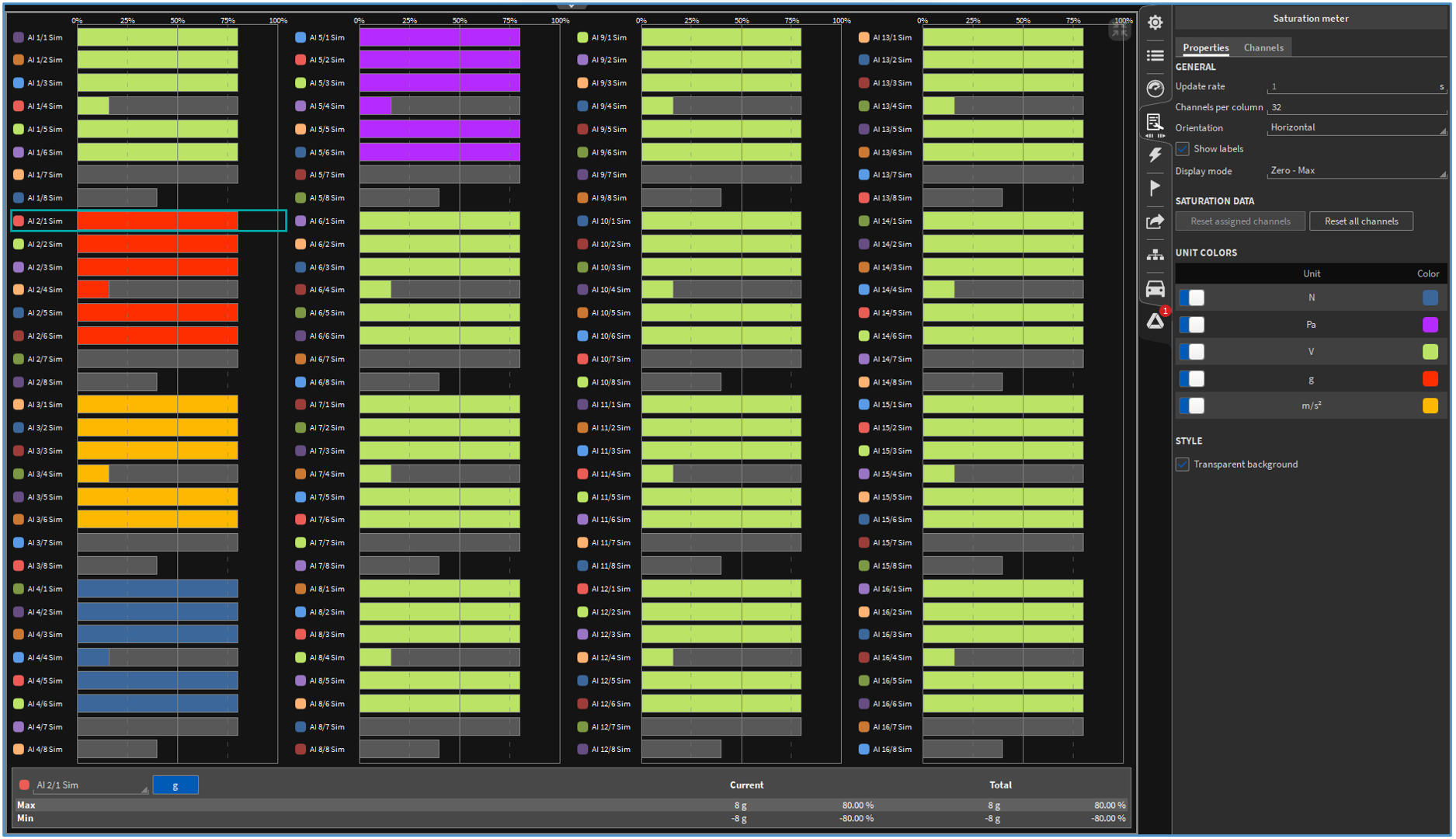
Fig. 1: Saturation meter instrument
TEDS editor
With the integrated TEDS editor, it is now possible to edit sensor specific data on a TEDS (Transducer Electronic Data Sheet) chip within OXYGEN. This means, users can use this to calibrate the sensor and write distinctive values to TEDS. To avoided unintentional changes and misuse, the TEDS editor must be activated in the “Advanced Settings” tab before use.
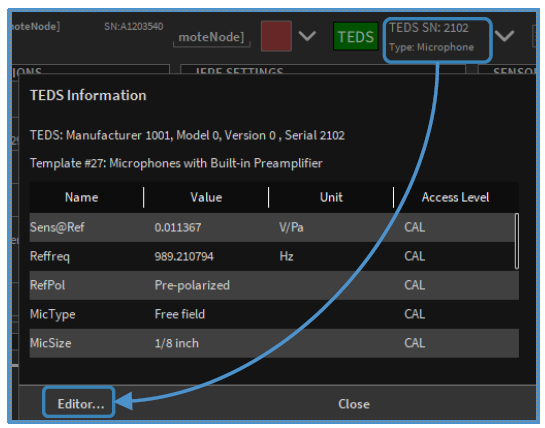
Fig. 2: New TEDS editor
Screen template for power analysis
A predefined screen template for power groups in OXYGEN is now available. Therefore click on the “Add predifiend item” button in “Screens” tab. Select your desired power group and click “Add” (see ① in Fig. 3). The resulting template uses chart recorder and the power instrument to display the most important information. Depending on the wiring type of the power group, the template varies a little. Note that an existing power group is necessary to add the screen template.
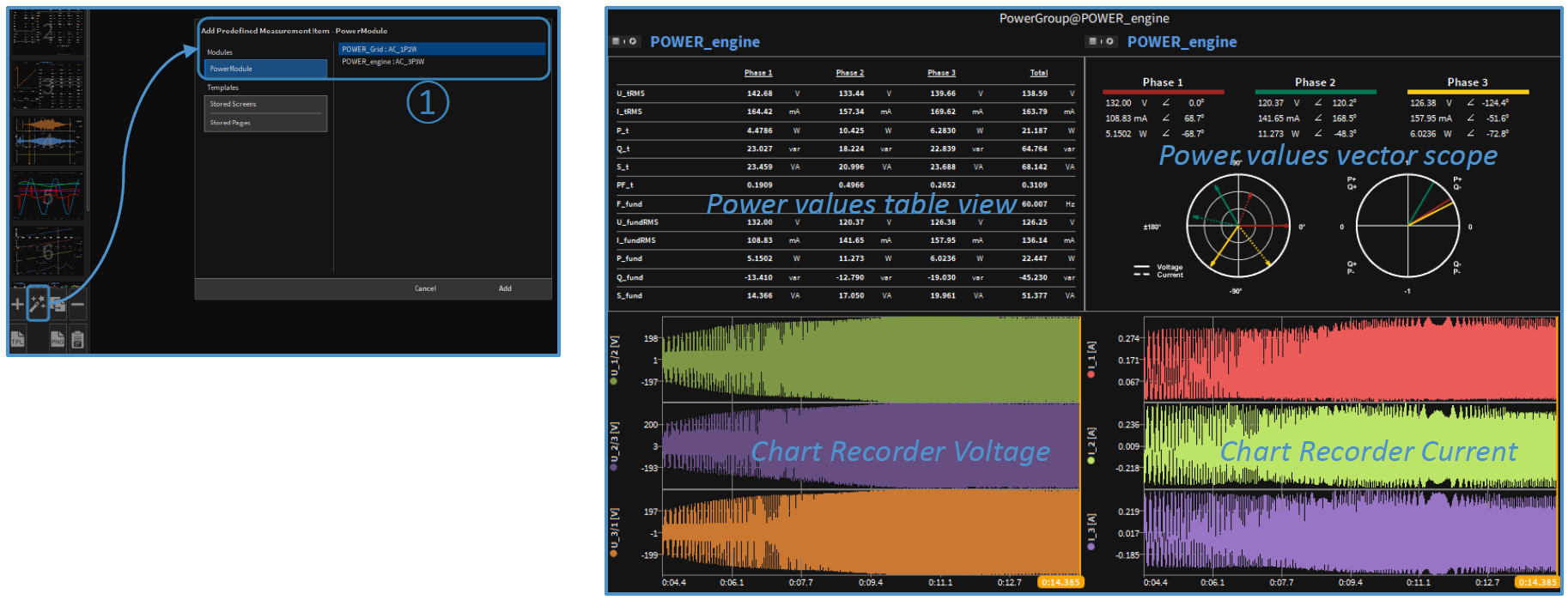
Fig. 3: Screen template for power group
Edit trigger settings via SCPI
With OXYGEN 7.0 the entire trigger settings can be edited and queried via SCPI. For a detail description about commands and syntax, refer to the SCPI Technical Reference Document.
GUI & usability improvements
Besides the above-mentioned major updates, OXYGEN 7.0 additionally provides several small improvements for GUI, usability and more:
- Change channel order in all instruments via Drag-and-Drop (see ① in Fig. 4)
- Deactivated channels remain assigned and display NaN (see ② in Fig. 4)
- Click on list symbol ③ to replace channel with another one
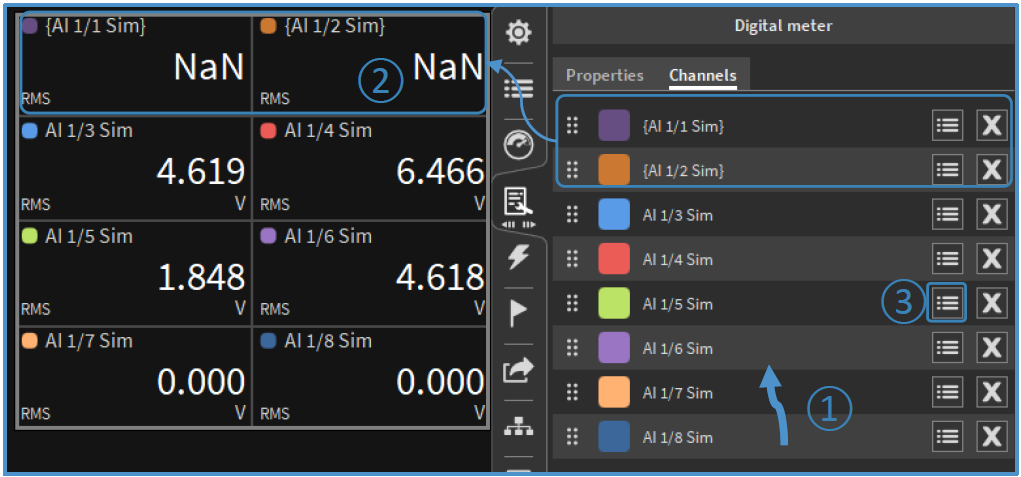
Fig. 4: GUI adjustments regarding instrument channels
- New measurement screen when starting OXYGEN in “Default” mode displaying Saturation meter and Chart recorder
- New dark software scheme available in the “UI Options” tab
- Updated grouping of Add-channel UI
- Additional cursor settings for recorder instrument (Fig. 5 left panel):
- Linkage of cursors of several reorders if time axis is linked
- Addition of peak-peak value calculation
- New design of “Instruments” menu categorizes instruments and implements favorites system and search functionality (Fig. 5 right panel).
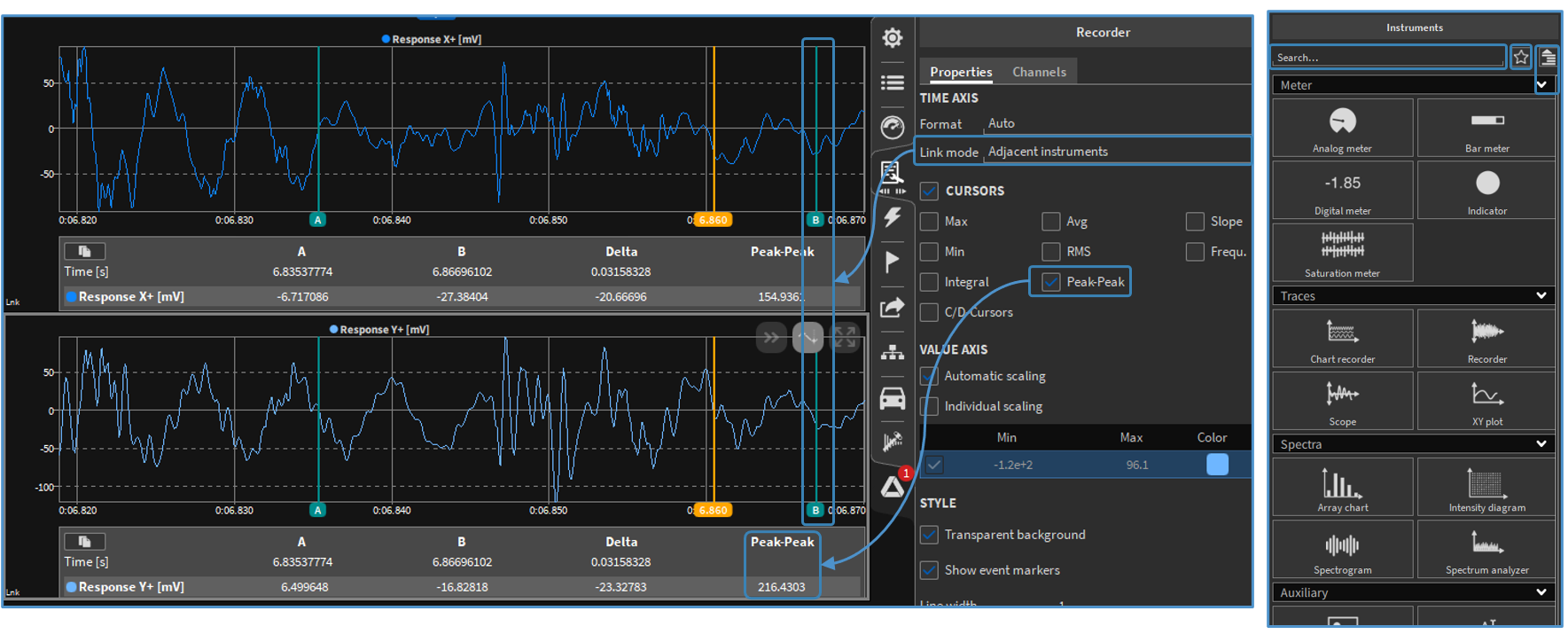
Fig. 5: Left: new recorder cursor settings; right: new design of instruments tab
Miscellaneous updates
EtherCAT improvements
Reduction of I/O delay from 500 ms to 200 ms.
Changes on *.dbc-file reload
Signals that already are decoded can now be re-added and old channels will be overwritten. Previously, existing channels could not be overwritten but had to be deleted first. Now it is possible to change the channel settings in a dbc file and load the updated *.dbc-file.
CAN error counter
We implemented an error counter in the frame preview settings, displaying the number of transmission errors.
Power analysis
Adapted declaration of total capacitive power, allowing for the display of negative values. Additionally, we added new channels for flicker analysis .
PAK Live plugin
With this update we added the PAK Live plugin to the installer, which enables live data streaming via the PAK live technology. Note that this plugin requires the license option OXY-OPT-PAK-IO-xx.
Please note that OXYGEN 7.0 is a major update. Without our “OXYGEN Lifetime Option,” upgrading to version 7.0 will incur additional costs.
